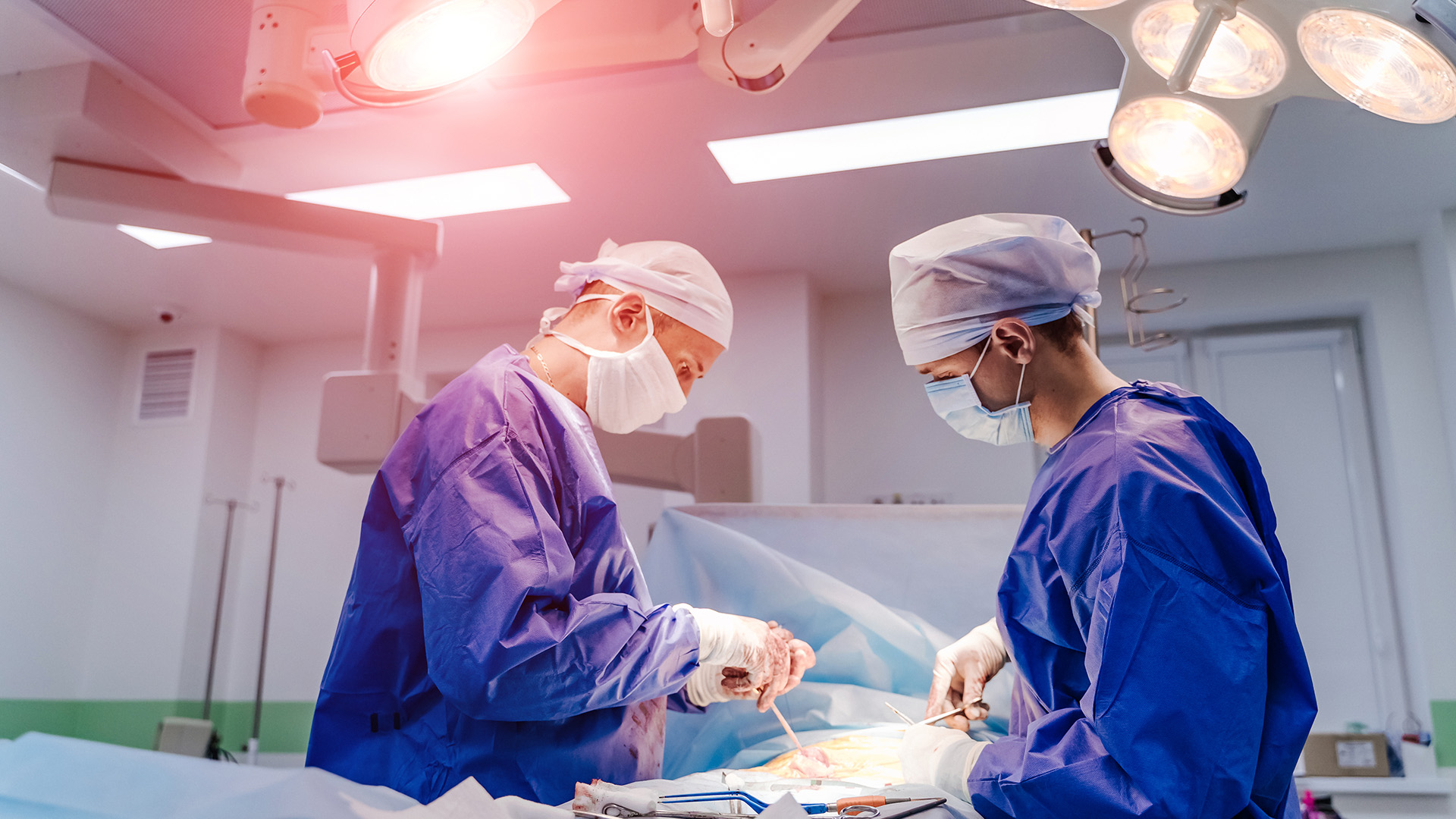
Introduction to Biosurgery
Biosurgery refers to the integration of biological concepts, materials and engineering approaches into surgical practice. By leveraging insights from fields like molecular biology, tissue engineering and nanotechnology, biosurgery aims to improve existing surgical techniques and develop new minimally invasive procedures. At its core, biosurgery focuses on enhancing healing and regeneration in the body by utilizing biomedical tools and technologies.
Tissue Engineering in Biosurgery
One of the most promising areas of Biosurgery is the use of tissue engineering to replace or regenerate tissues and organs. By utilizing living cells, biodegradable scaffolds and growth factors, tissue engineering combines biological and material concepts to develop grafts that can aid the body's natural healing abilities. For example, engineered skin substitutes have been created to help heal severe burns and other wounds. These grafts contain cultured skin cells that promote the regrowth of healthy epidermal and dermal layers. Other tissues under research include blood vessels, bone, cartilage and bladder tissues. In the future, more complex solid organs may also be engineered through advances in stem cell research, 3D bioprinting and organoid technology.
Biosurgical Implants and Medical Devices
In addition to tissues and grafts, biosurgery utilizes biologically inspired implants and medical devices. For instance, orthopedic implants featuring porous biodegradable scaffolds seeded with stem cells aim to regenerate native bone growth rather than rely on traditional inert metal implants. Such "biosurgical implants" could help integrate better with the body over time rather than requiring later removal. Other bionic implants under development include artificial livers, pancreases and engineered organs containing living cellular components. On the medical device front, "smart bandages" containing biosensors monitor wound healing while drug-releasing sutures and staples aim to prevent infection and speed recovery.
Nanotechnology Boosts Biosurgery
The nanoscale realm has also augmented biosurgical capabilities. For example, nanofibers mimic the extracellular matrix to support cell growth in tissue engineering. Nanoparticles help targeted drug delivery to specific sites, administering the right medication locally as needed. Molecular "smart glues" containing cell-adhesive peptide sequences improve wound closure. Even bio-inspired super-hydrophobic coatings using antifouling nanoscale textures help medical implants prevent bacterial biofilm formation. Through nanotechnology's minute dimensions and ability to interface with living systems, biosurgery gains new tools to manipulate biological processes at the cellular level for improved clinical outcomes.
Minimally Invasive Biosurgical Techniques
Rather than traditional "open" surgery, biosurgery advances less traumatic techniques. For instance, researchers are developing natural orifice transluminal endoscopic surgery (NOTES) able to operate without external incisions. Flexible endoscopes enter through existing anatomical openings like the mouth or vagina to access the peritoneal cavity, chest or other areas using minimally invasive tools and devices. Tissue engineering also enables "biopsy" techniques able to sample and monitor deep tissue changes noninvasively. For example, engineered blood vessel grafts implanted under the skin provide repeated access for molecular analysis, removing the need for repetitive muscle biopsies. Such minimally invasive biosurgical methods aim to accelerate recovery times and reduce surgical risks and scarring.
Biosurgery Applications in Cancer Treatment
The field of oncosurgery also benefits from biological and engineering concepts. For example, intraoperative imaging technologies like fluorescence-guided surgery help clearly identify tumor margins in real-time, aiding more precise resection. Tumor-targeting nanoparticles carrying chemotherapy aim for improved local drug concentrations with fewer systemic side effects. Nanomedicine approaches additionally use thermal or photothermal ablation techniques to destroy cancerous tissue via localized heat generation. Tissue engineering further develops cellular therapies, growing patients' own tumor-infiltrating lymphocytes outside the body in large numbers before reinfusion to bolster the immune response. Through such biotechnology partnerships, biosurgery optimizes cancer treatment techniques.
Regenerative Approaches to Joint Repair
Degenerative joint disease remains a large unmet clinical need. Biosurgery addresses this through regenerative strategies. Researchers are developing resorbable scaffolds seeded with mesenchymal stem cells or growth factors to aid cartilage regeneration in knees, hips and other loaded joints. Some clinical trials demonstrate the potential for cell-based therapies to naturally repair damaged cartilage and reduce pain. Related work engineers entire joint replacements containing chondrocytes or stem cells that gradually form native cartilage as an implant degrades. Such "tissue-engineered joints" would restore natural cushioning and motion over traditional artificial replacements. Combined with exercise therapy, regenerative biosurgery shows promise improving outcomes for osteoarthritis and other joint conditions.
Future Prospects and Challenges
While still an emerging field, biosurgery promises more targeted, less morbid procedures through biological and biomedical integration. Advances will rely on further research into areas such as biomaterials development, stem cell manipulation, immunomodulation, 3D tissue printing, biocompatible interfaces and organ repair. However, translating these concepts into approved clinical therapies faces challenges, including high costs, long-term studies and regulation. Expanding medical applications will also require multidisciplinary collaborations amongst biologists, engineers, surgeons and other experts. If ongoing technical and safety issues can be addressed, biosurgery holds great potential to revolutionize surgery through enhanced healing, regeneration and organ repair instead of traditional excision and replacement approaches. Ultimately, it pursues the goal of making interventions both less invasive and more restorative through biological integration.
Get more insights on Biosurgery



























